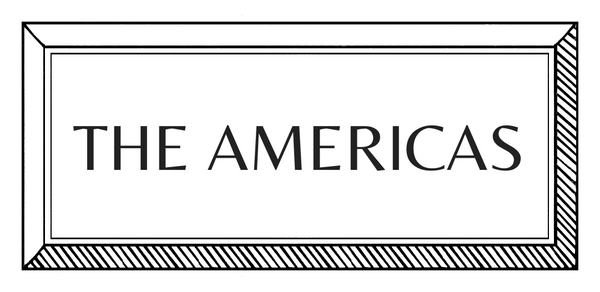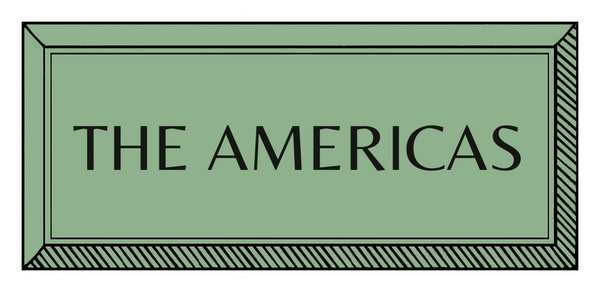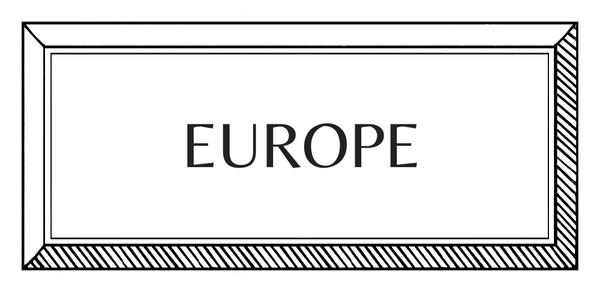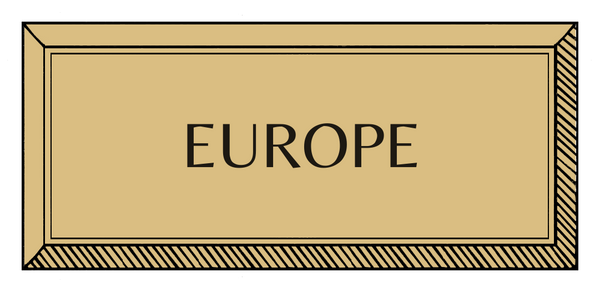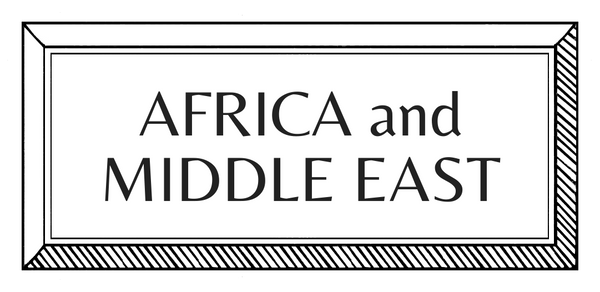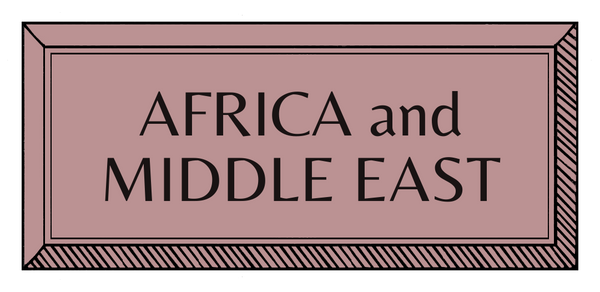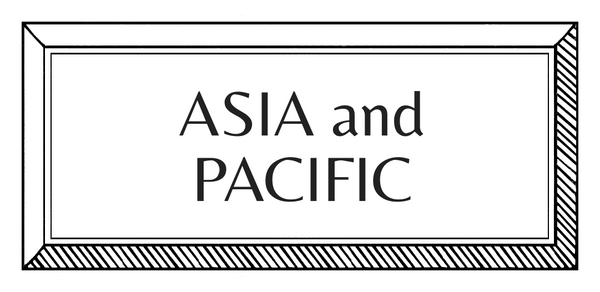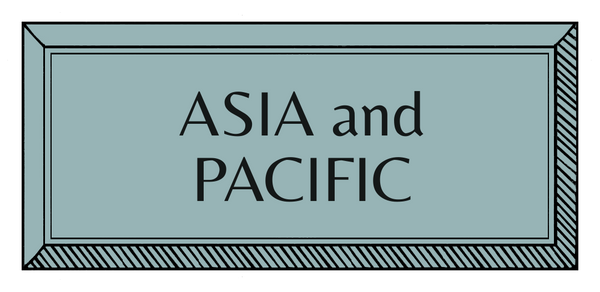CRAFT STORY | EUROPE | UNITED KINGDOM | PAPER
Paper Fit for a King

Jony, Mark and Sam, three quarters of the Paper Foundation team © Taylor Hall O'Brien
The village of Burneside, on the edge of England’s Lake District, has been a water mill village for centuries. Its centerpiece, the James Cropper Mill—the oldest family-owned paper mill in the UK—traces its roots to 1746, when the village’s wool mill was converted for paper-making and later sold to James Cropper in 1845. Today, James’ great-great-great-grandson, Mark Cropper, carries the family legacy with renewed fervour and a clear sense of purpose: to revive and safeguard the endangered art of handmade paper-making.
Ten years ago, sixth-generation papermaker and chairman of the renowned James Cropper Paper Mill, Mark Cropper, permanently returned to the Lake District, only to find that despite the company’s success—600 employees, a global reputation for colored papers, and bespoke collaborations with many of the world’s leading luxury brands—the surrounding village had lost its sense of community spirit.
A central idea quickly emerged; to reunite the mill and the village by celebrating the subject of paper and Burneside’s centuries-long heritage of paper-making. The impulse was both cultural and deeply personal. Paper, after all, has been the foundation of art, literature, and record for over one thousand years. It is a material that has shaped human expression and knowledge—and yet, in the UK especially, Cropper noted a surprising absence of awareness around paper’s cultural significance. Hand paper-making in the Western tradition had become critically endangered.

The artfully-curated cow shed restored for the Paper Foundation © Taylor Hall O'Brien
So began Mark’s “crazy journey of collecting”—a search for archives, moulds, paper samples and histories at danger of being lost. The collection initially consisted largely of the James Cropper company archive—a modest yet significant trove, albeit sparse in material predating 1845. Mark understood that to truly preserve and advance the heritage of paper-making, both nationally and internationally, he would need to build something far more expansive.
Serendipity and steadfastness proved vital allies. In March 2015, he heard that the last Whatman Mill—the preeminent name in artist-quality paper throughout the 18th and 19th centuries, supplying the likes of Turner—was to close. With the help of Steve Hill, a longtime member of the British Association of Paper Historians, Mark made his way to Springfield, finding himself in a room filled with surviving Whatman hand production moulds. Thanks in no small part to Hill, who ensured local institutions received their share, 36 of Whatman’s historic moulds were generously entrusted to the Foundation—marking the beginning of an archive far richer than Mark could have imagined.

Mark's archival collection of paper moulds © Taylor Hall O'Brien
By 2017, it became clear that it wasn’t just artefacts at risk—it was knowledge. At the time, only two traditional hand papermakers remained in the UK: Christine and Mike Gibbs. Mark set out to learn all he could from the Christine and Mike, founding the Paper Foundation and taking on a young apprentice, Tom Frith-Powell, who also trained under the couple with "obsessive diligence".
Now joined by Jony and Sam, the team of four hand-produce paper for institutions including the Royal Household, the Library of Congress, the Metropolitan Museum, and the Vatican—to name a few—as well as for contemporary commissions. Their projects follow the historic tradition of reusing waste textiles: transforming discarded Soho House bed sheets into 60,000 cotton-based postcards; creating papers from waste denim, deadstock linen, and even red-and-white-striped “Cabana” cloth.
Each sheet bears traces of its former life—threads, textures, and the sought-after “perfect imperfections of handmade work”. The team—considered by Mark his extended family—operate out of a humble renovated Cropper cow shed, proudly decorated with a coat of arms on the front. “We were awarded the Queen’s Royal Warrant in 2022, and then, at the end of last year, this was followed by a Royal Warrant from His Majesty King Charles, which was a lovely moment.”

The Paper Foundation - where the magic happens © Taylor Hall O'Brien
Mark is the first in his family lineage to make paper by hand—the Paper Foundation allowing him to “engage with the material in a much more intimate way”. While the James Cropper Mill continues to pioneer advancements with their scientific Advanced Materials lab, expanding the possibilities of the material, the Paper Foundation also has future plans. These include adding a printmaking studio, book bindery, conservation lab, and developing patterned paper and research techniques—a revival driven by a relentless curiosity and passion for the medium.
“Being able to put down a digital screen and interact with a material is something special—a gift," Mark says. "And the great thing about craft is that it’s slow. It invites you to enjoy it.”
In a world that’s increasingly paperless, the Paper Foundation is a testament to the material as present, tactile, lasting, and infinitely expressive. Today, the Foundation offers workshops in paper-making and related crafts, drawing locals and visitors alike. In this—and many other ways—it has fulfilled its founding purpose: to reconnect the mill and its village through the very material that once bound them—the spark of renewed community spirit. If the story of James Cropper is one of industrial vision, the Paper Foundation is something closer to a return: to hands, to place, to meaning.
Mark himself is humble, always quick to credit the Foundation’s growing success to a constellation of contributors—makers, historians, volunteers, "friends of the project"—who’ve leant minds, hands, and moulds along the way. The result is a kind of communal genealogy: not just of the Cropper family, but of all those who’ve believed, with Mark, in paper’s magical power to carry memory and meaning.
---------
Words by Lucrezia Lucas
Images from Taylor Hall O'Brien
















